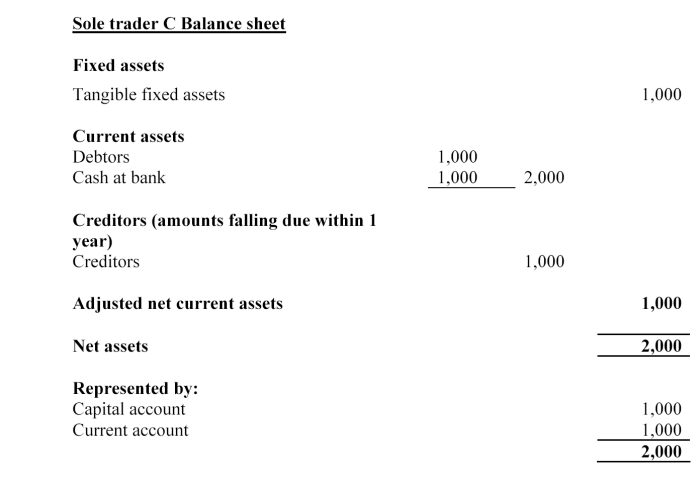MIGI 7.1 Introduction
This chapter summarises these requirements, which are in PRU 9.3 (see the Integrated Prudential Sourcebook (PRU)).
By setting minimum financial resources standards, we aim to reduce the possibility of a shortfall of funds and to provide a cushion against disruption if the firm ceases to trade. There is a greater risk to consumers, and a greater adverse impact on market confidence, if a firm holds client money or client title documents (such as bearer instruments) and fails. For this reason, the capital resources requirements distinguish between mortgage and insurance intermediaries holding client money or title documents and those that do not.
The financial resources requirements are minimum requirements. In line with FSA Principles 3 and 4 (see the table at Part I, paragraph 3.1.3), your firm's senior management is responsible for maintaining adequate financial resources at all times. So, the onus is on senior management to ensure that your firm has such additional financial resources over and above our requirements as they consider necessary.




